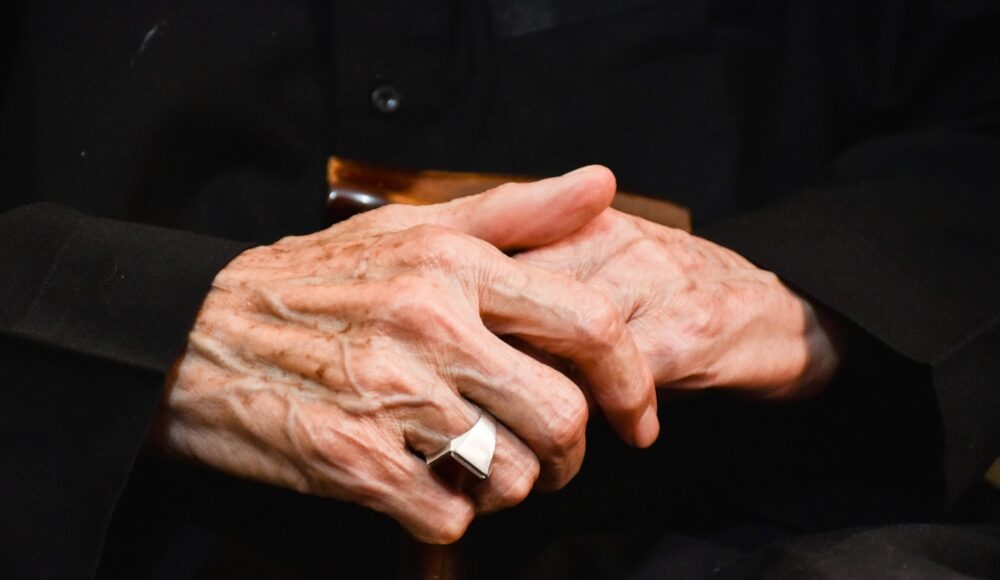JULY 11 — Have you ever worried about your ageing parents living alone while you’re stuck at work, caught in traffic, or living hours away, and wondering if they’re really okay? For many Malaysians, this isn’t just a passing concern. It’s a growing reality as urban migration and busier lifestyles widen the gap between eldercare needs and support systems.
According to the Department of Statistics Malaysia (DOSM), by 2030, nearly 1 in 7 Malaysians will be aged 60 or older, marking our transition into an ageing nation. With urban migration, declining birth rates, and the rise of nuclear families, more elderly individuals now live alone.
For many seniors, the greatest fear is not death — but dependency. In Malaysia, the traditional model of family-based care is under strain. Many older Malaysians now live alone as their children move to other cities or countries for work. Meanwhile, institutional care remains stigmatised. Public aged care facilities are limited and often overwhelmed. Private care homes, on the other hand, can be prohibitively expensive — especially for families in the B40 income group. Most seniors don’t want to be in nursing homes, but they also don’t want to feel like a burden.
So how do we bridge this gap? How can we ensure our seniors live not just longer, but better?
For many seniors, the greatest fear is not death — but dependency. In Malaysia, the traditional model of family-based care is under strain. Many older Malaysians now live alone as their children move to other cities or countries for work. — Unsplash pic
As a biomedical engineering student, I’ve been working on a problem-based learning (PBL) project aimed at designing sensor-based solutions for eldercare homes. These technologies are not meant to replace human care, they are meant to support and extend it. These systems range from simple motion detectors and bed-exit alarms to more advanced wearables that monitor heart rate, detect falls, or even track environmental factors like room temperature and air quality.
The infrared-based motion sensors are installed in key areas of a home, such as the bathroom or kitchen to detect unusual inactivity, potentially flagging emergencies such as fall or sudden illness. Pressure-based bed sensors can monitor sleep quality or alert caregivers if a senior has not returned to bed after a certain period. The wearables, which have been popular among younger users, can be adapted for seniors with simplified interfaces and emergency alert buttons, ensuring accessibility for those with limited tech savviness.
These tools don’t just improve safety — they also reduce the psychological burden on elderly individuals, who can maintain their autonomy without feeling constantly supervised. For families, especially those living in different cities or states, these systems offer peace of mind and real-time insights via mobile apps or web dashboards.
This PBL experience has changed how I see my role as an engineer. Often, engineering problems are defined in technical terms — numbers, codes, and equipment. But in eldercare, the problem is very human. You’re not just designing systems — you’re designing trust.
What if your grandmother had a fall and no one noticed for hours? What if a simple alert could have changed that? These aren’t hypothetical questions, they’re real stories happening in our communities.
The elderly are not just a demographic group; they are our parents, grandparents, teachers, and neighbours. Designing for them requires empathy and an understanding that dignity, privacy, and independence are deeply personal values. As I look toward my future career, I see a growing need for engineers to design healthcare technologies that are affordable, inclusive, and scalable. We need systems that don’t just work in urban hospitals, but also in kampung homes and low-income PPRs.
We need a national conversation about ageing — not just about costs and hospitals, but about quality of life. The government’s National Policy for Older Persons (Dasar Warga Emas Negara) and the establishment of Pusat Aktiviti Warga Emas (PAWE) calls for active ageing and community support. Our PBL project shows that these goals are achievable if we blend innovation with empathy.
We also need public-private collaborations to accelerate the development and deployment of these tools. Subsidies for home-based eldercare technology, awareness programmes for families, and incentives for engineers and start-ups to work in this space would go a long way.
But most of all, we need to start seeing our seniors not as passive recipients of care, but as people who also deserve choices and support.
The question is no longer whether Malaysia needs these technologies. The real question is how quickly can we make them accessible, and how many lives can we improve in the process?
To policymakers: invest in ageing-in-place technologies, not just hospitals. To fellow engineers and students: build with empathy, not just expertise. To families: don’t wait for a crisis to think about how we care for our ageing loved ones.
Because living alone shouldn’t mean living in fear.
With the right mix of engineering, policy, and compassion, we can create a future where Malaysian seniors age not just safely, but proudly — with their independence, dignity, and peace of mind.
* Lee Wei Xuan is a final year biomedical engineering student at Faculty of Engineering, Universiti Malaya, and may be contacted at [email protected]
** This is the personal opinion of the writer or publication and does not necessarily represent the views of Malay Mail.





